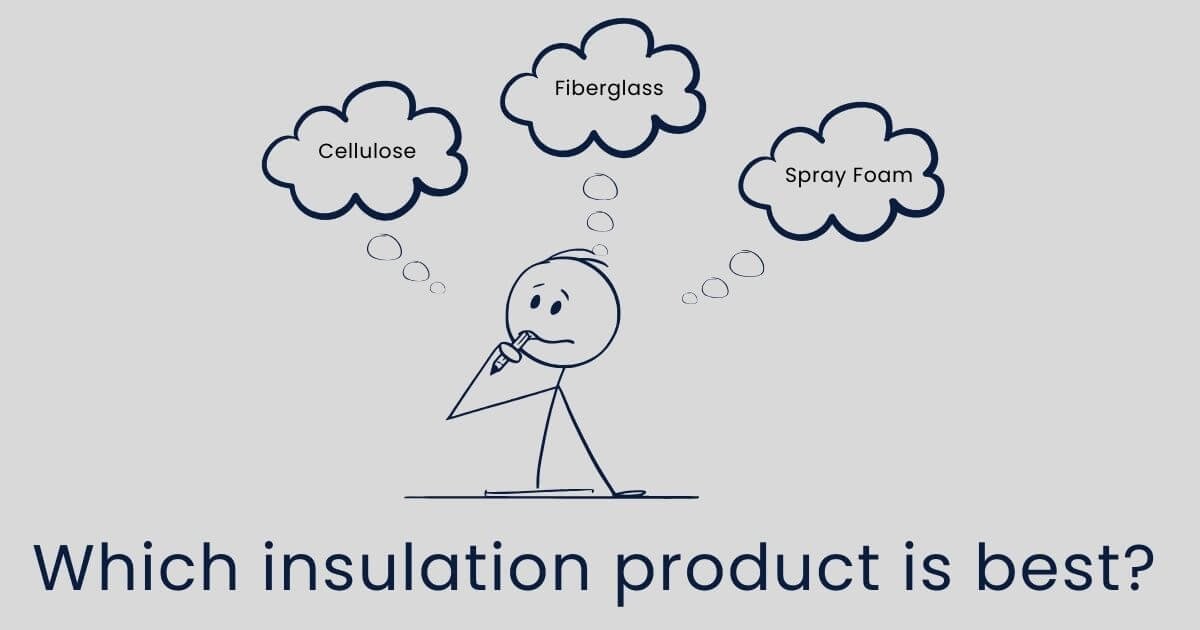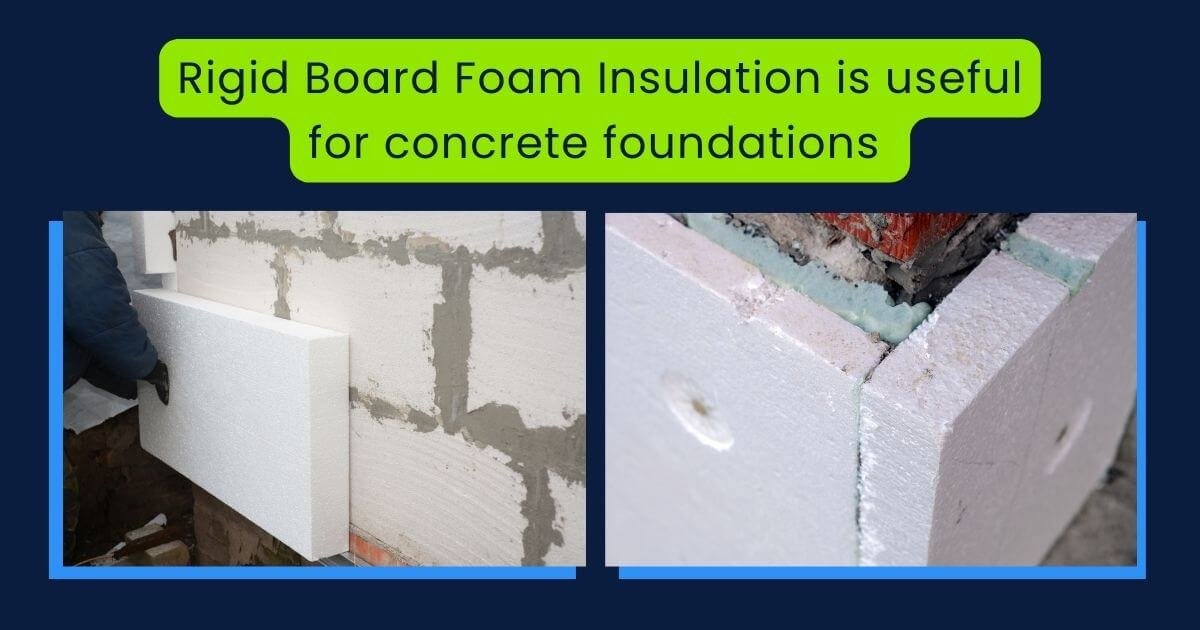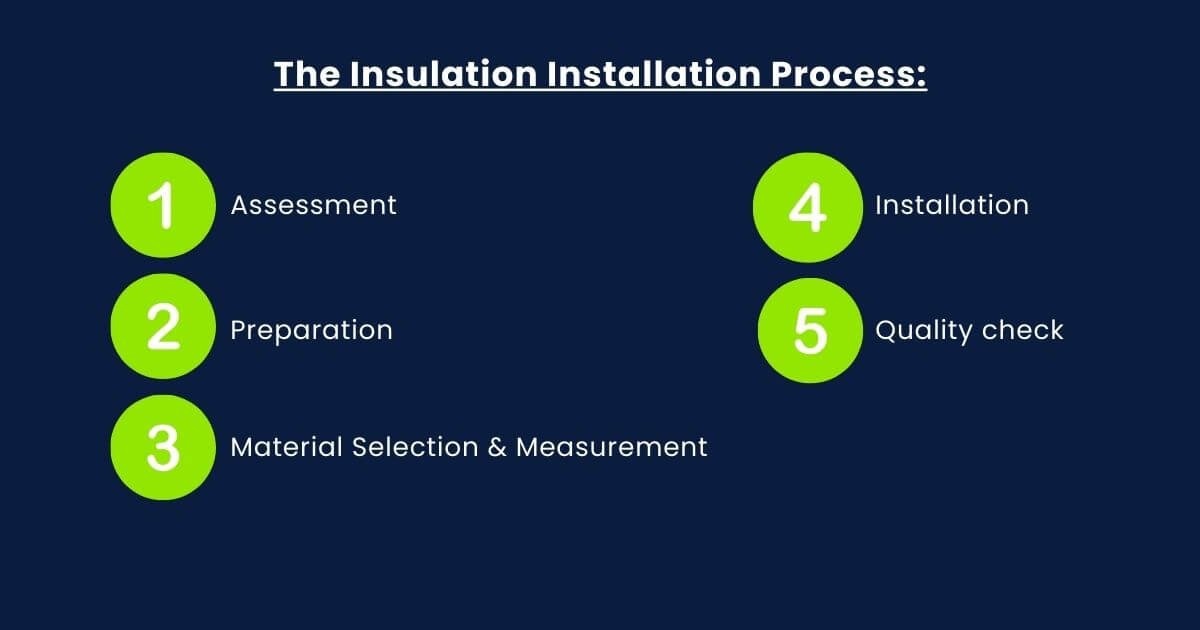Types of Insulation: The Complete Guide to Choosing the Right Material
Looking to make your home more comfortable and energy-efficient? Understanding insulation materials is your first step toward a cozier space and lower energy bills. From traditional options like fiberglass to cutting-edge foam insulation technology, today's types of insulation offer more choices than ever before. We'll walk you through everything you need to know about selecting and installing the right insulation for your home.
When it comes to types of house insulation, there's no one-size-fits-all solution. Each insulating material brings its own strengths to the table. Some excel at sound insulation, while others focus on providing the highest R value possible. By understanding your options, you can make an informed choice that perfectly matches your home's needs.
Understanding Insulation Materials: The Basics
Think of insulation materials as your home's winter coat collection. Each type serves a specific purpose, just like how you wouldn't wear a light windbreaker in a snowstorm. Different insulating materials offer varying levels of protection against heat transfer and energy loss. When choosing between types of insulation, you'll need to consider factors like thermal resistance, moisture resistance, and how well each material can resist heat flow.
The right insulation doesn't just keep your home cozy - it's the key to reducing heating and cooling costs year-round. Modern insulation types have come a long way from traditional insulation materials. Today's options combine high R value performance with practical features like fire resistance and noise insulation capabilities.
Let's break down the science: insulation works by creating a barrier that slows heat transfer through your walls, floors, and ceilings. Whether you're dealing with unfinished walls or looking to upgrade your attic insulation, understanding how different materials manage heat flow will help you make the best choice for your space.
Types of Insulation: Your Home's Temperature Control Arsenal
Spray Foam Insulation: The Gap-Filling Champion
Spray foam insulation expands like pancake batter hitting a hot griddle, filling every nook and cranny. This foam insulation creates an airtight seal that stops heat flow dead in its tracks.
When it comes to spray foam insulation, you're getting the Ferrari of insulation materials. This pressure sprayed solution starts as liquid foam and expands to create a solid barrier that's virtually impenetrable. The benefits of this high-performance material include:
Creates an impenetrable barrier against air leakage and helps with air sealing
Offers incredibly high R value compared to traditional insulation materials
Perfect for irregular spaces, wall cavities, and foundation walls
Provides excellent sound insulation properties
Can be damp sprayed in challenging areas
While spray foam insulation typically costs more than other types of house insulation, its superior performance in reducing heat transfer and air leaks makes it worth considering. Professional installation is a must - this isn't your average DIY project. The experts at Argyle Bros know exactly how to wear proper protective gear and apply this material for optimal results.
Fiberglass Insulation: The Time-Tested Classic
Fiberglass insulation, made from fine glass fibers, is like a warm sweater for your walls. This type of house insulation remains popular for good reasons:
Made from fine glass fibers, fiberglass insulation remains a popular choice for good reason. Whether you choose fiberglass batts or loose fill insulation, this material delivers reliable performance at a reasonable price point. When properly installed, fiberglass offers:
Superior thermal resistance for living spaces
Strong fire resistance ratings for safety
Versatility in application - works great in unfinished walls and attics
Available in both batt form and as loose fill for different needs
Cost-effective coverage for large areas
One key advantage of fiberglass insulation is its proven track record in reducing heating and cooling costs. While it may not offer the same high R value as some newer options, fiberglass insulation continues to be a solid choice for most home applications. For unfinished attic floors or wall cavities, fiberglass batts provide consistent performance when properly installed by professionals who know how to avoid common pitfalls like compression or gaps.
Cellulose Insulation: The Eco-Warrior
Made from recycled paper products, cellulose insulation is like giving your home a cozy blanket made from yesterday's newspaper. This insulating material offers:
If you're looking for an eco-friendly insulation type that doesn't skimp on performance, cellulose insulation deserves your attention. Created from recycled paper products and treated with natural minerals for enhanced protection, this material brings impressive benefits:
Outstanding fire resistance ratings that exceed building code requirements
Superior sound reduction insulation for quieter living spaces
Excellent performance as loose fill insulation for attics and walls
Perfect solution for retrofitting existing wall cavities
Helps with air sealing while providing high insulating value
Professional installation teams can use specialized equipment to install cellulose insulation using either a damp sprayed or dry loose fill method. This versatility makes it ideal for both new construction and updating older homes. The material excels at reducing heat transfer and helps maintain moderate indoor temperatures throughout the seasons.
Here's a pro tip: cellulose insulation pairs beautifully with air sealing techniques to create a comprehensive thermal barrier. When installed in foundation walls or unfinished walls, it provides reliable performance while supporting your home's overall energy efficiency goals.
Mineral Wool: The Silent Guardian
Let's talk about mineral wool insulation - a powerhouse performer that often flies under the radar. Also known as rock wool or slag wool, this type of insulation transforms natural minerals into a remarkably effective insulating material. Imagine rocks being spun into cotton candy, then compressed into dense, high-performance batts.
When comparing types of house insulation, mineral wool stands out for its unique combination of benefits:
Exceptional sound insulation that makes noisy neighbors a thing of the past
Outstanding fire resistance ratings that exceed standard safety requirements
Superior moisture resistance to protect your building structure
Ideal for both unfinished walls and foundation walls
Maintains its shape and performance over time
What makes wool insulation particularly special is its versatility. Whether you're insulating living spaces or focusing on sound insulation between rooms, mineral wool delivers consistent results. Its natural resistance to heat flow combined with its durability makes it a favorite among professionals who want reliable performance without compromising on safety.
Advanced Insulation Options: The High-Tech Solutions
Rigid Foam Boards: The Structural Superstar
When it comes to foam board insulation, you're looking at one of the most versatile players in the insulation game. These foam boards aren't your average building materials - they're more like the Swiss Army knife of insulation types. Available in various forms including extruded polystyrene and other high-performance materials, rigid foam boards offer impressive capabilities.
Let's break down what makes foam board insulation special:
Delivers remarkably high insulating value in a slim profile
Perfect for exterior wall sheathing applications
Excellent choice for unfinished attic floors and foundation walls
Superior moisture resistance compared to other insulation materials
Can be used with insulating concrete forms for new construction
Foam board really shines when you need to maximize space while maintaining high R value performance. Whether you're working with concrete block insulation or need a solution for living spaces with tight clearances, these rigid panels deliver consistent results. The material's ability to resist heat flow while providing structural support makes it particularly valuable for modern construction projects.
Pro tip: When using rigid foam board insulation, proper installation is key. The right techniques ensure you get the full benefit of its air sealing properties while maintaining the high insulating value these materials are known for. That's why having experienced professionals handle the installation can make all the difference in your project's success.
Reflective Insulation: The Heat Wave Warrior
Next up is reflective insulation - the space-age solution that's revolutionizing how we think about managing radiant heat. Unlike materials used in traditional insulation that focus on trapping air, reflective insulation works by reflecting radiant heat away from your living spaces. Think of it as installing a disco ball in reverse - instead of spreading light around, it sends heat right back where it came from.
The science behind reflective insulation is fascinating:
Uses strategically placed aluminum foil layers to create thermal barriers
Incorporates air gaps that enhance its insulating properties
Specifically designed for reducing heating and cooling costs
Works in harmony with other types of insulation for maximum efficiency
Particularly effective at reflecting radiant heat in hot climates
This innovative approach to heat transfer management really shines (pun intended) in areas where conventional insulation materials might struggle. When properly installed as part of a comprehensive insulation strategy, reflective barriers can significantly impact your energy efficiency goals. It's particularly effective in attics and wall cavities where radiant barriers can make a noticeable difference in cooling costs.
Special Applications: Beyond the Basics
Different areas of your home have unique insulation requirements, much like how different plants need specific care to thrive. Let's explore how various types of insulation can be optimized for specific areas:
Foundation Walls and Basements
The challenge here isn't just about thermal resistance - it's about managing moisture while maintaining high insulating value. Options include:
Foam board insulation specially designed for below-grade applications
Spray foam insulation for superior air sealing and moisture resistance
Rigid foam boards combined with conventional concrete treatments
Professional installation techniques that account for hydrostatic pressure
Attic Spaces and Unfinished Attic Floors
Your attic is like your home's hat - it needs the right insulation to keep everything underneath comfortable. Consider:
Loose fill insulation for even coverage across uneven surfaces
High R value solutions that maximize energy efficiency
Proper ventilation integration with insulating materials
Combinations of different types of house insulation for optimal performance
Living Spaces and Interior Walls
The spaces you spend most of your time in deserve special attention. Here's what works best:
Noise insulation for peace and quiet between rooms
Fire resistance rated materials for safety
Natural fibers and wool insulation for eco-conscious choices
Insulating concrete forms for new construction projects
Exterior Walls and Problem Areas
External walls face the toughest challenges when it comes to heat transfer and moisture management:
Exterior wall sheathing with integrated insulation properties
Concrete block insulation for solid wall construction
Air sealing solutions combined with insulation materials
Special attention to areas prone to air leakage
Modern Innovations in Insulation
The world of insulation materials is constantly evolving, with new technologies pushing the boundaries of what's possible. These innovations aren't just improvements in insulation materials - they're completely reimagining how we approach heat transfer and energy efficiency.
Next-Generation Materials
Today's cutting-edge insulation options include:
Phase-Changing Materials
Actively responds to temperature fluctuations
Works like a thermal battery for your home
Combines with conventional insulation types
Delivers exceptional thermal resistance
Aerogel Insulation Think of catching a cloud to insulate your home - that's basically what aerogel is:
Ultra-lightweight material with incredibly high R value
Perfect for tight spaces where some insulation materials won't fit
Superior thermal resistance in a fraction of the thickness
Ideal for specialized applications in living spaces
Vacuum Insulated Panels The spaceship approach to home insulation:
Dramatically higher insulating value than conventional materials
Perfect for areas where thickness is a concern
Excellent for reducing heating and cooling costs
Revolutionary approach to heat flow management
Bio-Based Foam Insulation The eco-friendly future of foam insulation:
Made from renewable resources
Offers similar benefits to traditional spray foam
Excellent air sealing properties
Reduced environmental impact compared to conventional options
These advanced insulation materials are changing how we think about home comfort and energy efficiency. While some options might seem like science fiction, they're already being used in real-world applications, delivering remarkable results in both new construction and renovation projects.
Making the Right Choice: Factors to Consider
Climate Considerations
Your local weather patterns play a huge role in selecting insulation materials. It's like choosing the right tires for your car based on the season:
Cold climates need high R value materials
Hot climates benefit from reflective insulation
Mixed climates might need combination approaches
Humid areas require moisture resistance
Budget and Long-term Value
Think of insulation as a home investment. Consider:
Initial material costs
Installation expenses
Energy savings over time
Potential rebates and incentives
The Installation Process: What to Expect
Installing insulation is like orchestrating a symphony - every element needs to work together perfectly:
Assessment of existing insulation
Air sealing preparation
Material selection and measuring
Professional installation with proper protective gear
Quality checks and adjustments
Common Mistakes to Avoid
Don't let your insulation project turn into a DIY disaster. Watch out for:
Skipping air sealing steps
Improper vapor barrier installation
Blocking ventilation
Compression of insulation materials
Maintenance and Care
Like any investment, your insulation needs occasional attention:
Annual visual inspections
Moisture monitoring
Pest prevention
Ventilation checks
Your Next Steps
Ready to upgrade your home's insulation? Here's your action plan:
Schedule a professional assessment
Get multiple quotes
Check for local incentives
Plan for optimal installation timing
Remember, choosing the right insulation materials is like picking the perfect outfit - it needs to match your specific needs, environment, and budget. At Argyle Bros Insulation, we're here to help you make the best choice for your home. Give us a call to discuss your insulation needs today!





